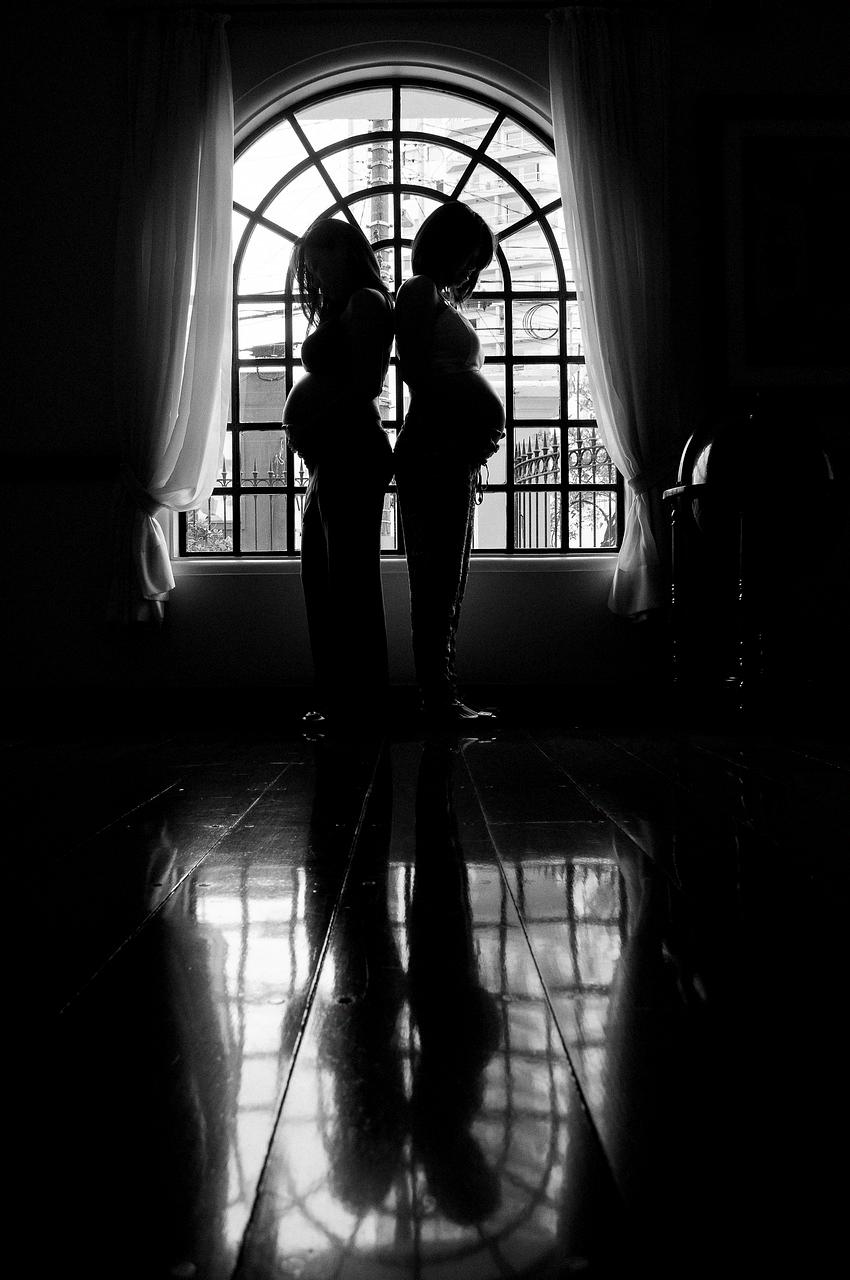For many individuals who have undergone a C-section, the sensation of a hard or firm incision can be a cause for concern. It is essential to understand that this experience is not uncommon and can be attributed to various factors, including the development of a hypertrophic scar.
Exploring Hypertrophic Scars
A hypertrophic scar is characterized by its thick, raised appearance that does not extend beyond the boundaries of the original incision line. These scars tend to be more visible and can feel firm or hard to the touch. While they are not dangerous, they can cause discomfort or self-consciousness for some individuals.
Potential Causes of Hard C-section Incisions
There are several reasons why your C-section incision may feel hard. One significant factor is the body’s natural healing process, where excess collagen is produced during the formation of scar tissue. This excess collagen can lead to the firmness or hardness of the scar.
Role of Silicone Sheets and Strips
Silicone sheets and strips can be beneficial in managing hypertrophic scars and reducing the hardness of your C-section incision. These products create a barrier that helps hydrate the scar tissue and regulate collagen production, leading to a softer, more flexible scar over time.
Effective Scar Management Techniques
Aside from silicone sheets, there are other scar management techniques that you can incorporate into your routine to address the firmness of your C-section incision. Massaging the scar with gentle pressure can help break down excess collagen and promote tissue flexibility.
Importance of Sun Protection
Sun exposure can exacerbate the visibility and texture of hypertrophic scars, making them appear more pronounced and firmer. It is crucial to protect your incision site from direct sunlight by using sunscreen or clothing to minimize further skin damage.
Consultation with a Healthcare Provider
If you are concerned about the hardness of your C-section incision or notice any unusual changes in the scar tissue, it is advisable to consult with your healthcare provider. They can assess the situation, provide personalized recommendations, and address any potential complications that may arise.
Emotional Impact of Scarring
It is essential to acknowledge the emotional impact that scarring can have on individuals who have undergone a C-section. Feeling self-conscious or uncomfortable about the appearance of your scar is valid, and seeking support from loved ones or a mental health professional can help you navigate these emotions.
Patience in the Healing Process
Healing from a C-section is a gradual process that requires patience and self-care. While the firmness of your incision may be bothersome initially, remember that scars evolve and mature over time. With consistent scar management techniques and time, you may notice improvements in the texture and appearance of your scar.
Self-care and Self-acceptance
Practicing self-care and self-acceptance is crucial in your journey towards healing from a C-section. Embrace your body’s resilience and the strength it has shown throughout the childbirth experience. Be kind to yourself and prioritize your well-being as you navigate the physical and emotional aspects of your scar healing.
Conclusion
In conclusion, the hardness of your C-section incision can be attributed to the formation of a hypertrophic scar, which is a common occurrence in the healing process. By understanding the factors contributing to scar firmness and implementing effective scar management techniques, you can promote flexibility and softness in the scar tissue over time. Remember to seek professional guidance if you have concerns about your incision and practice self-care as you embrace your body’s journey towards healing.

